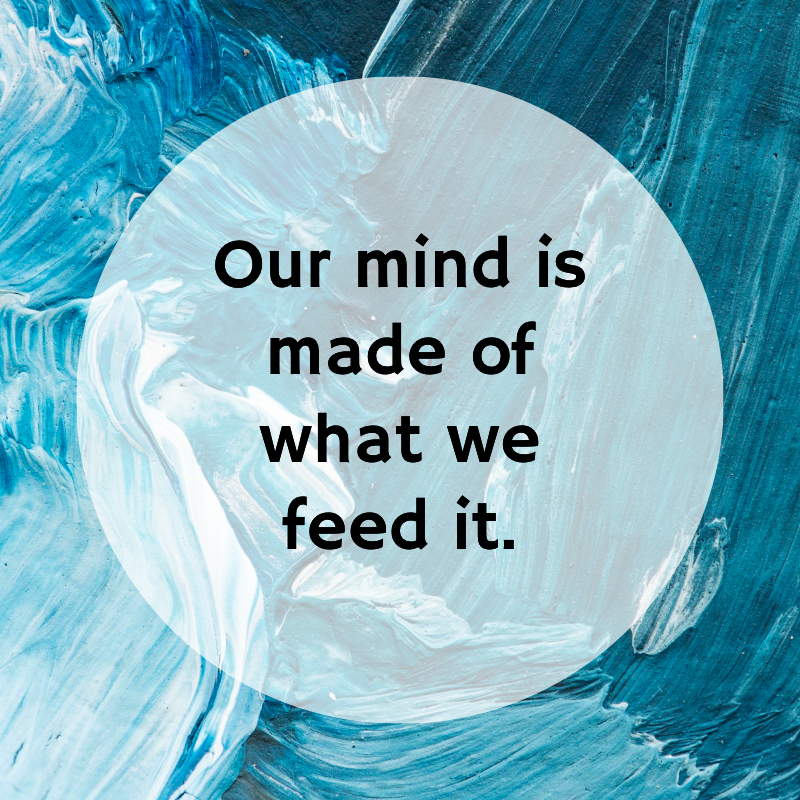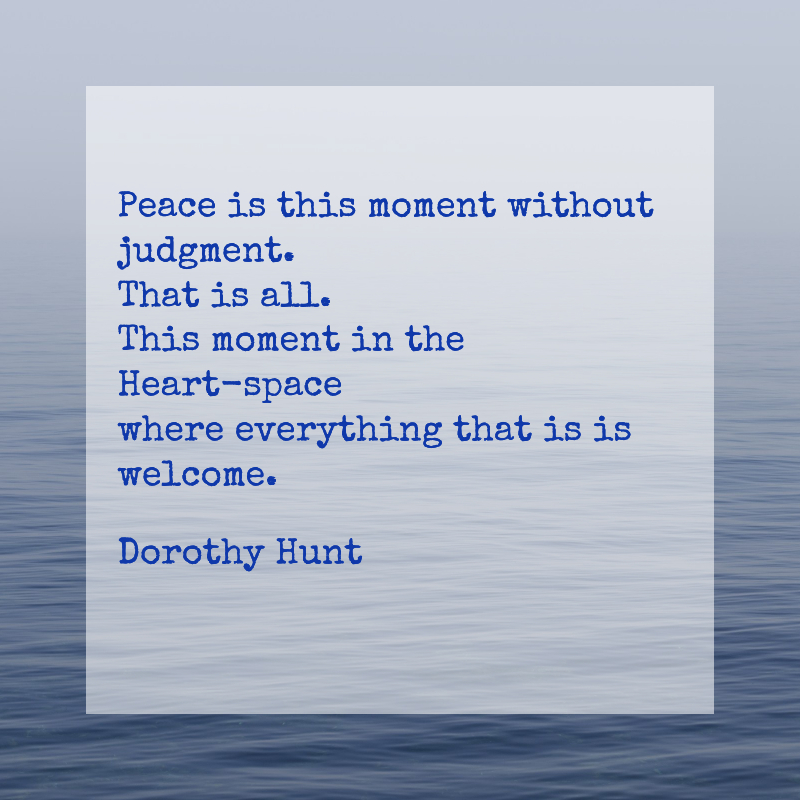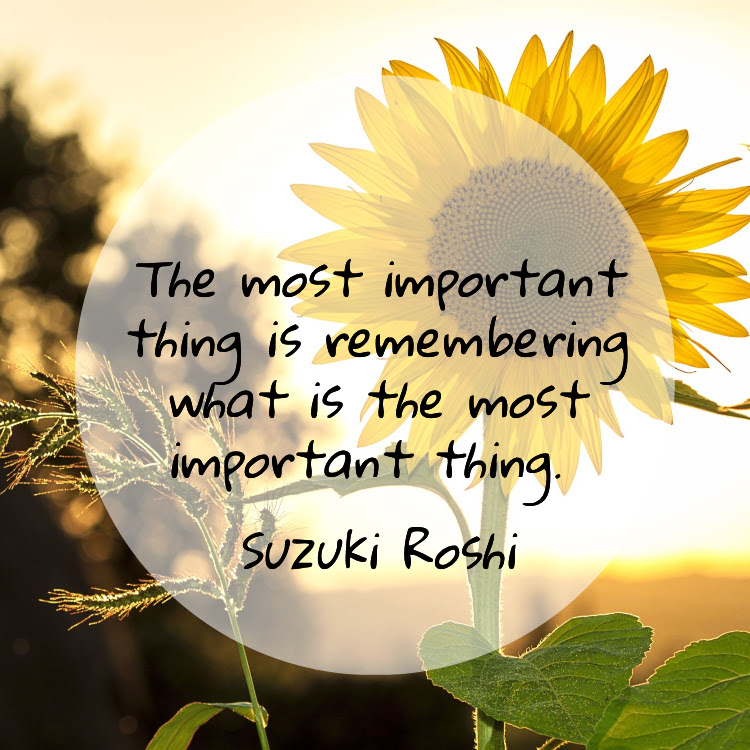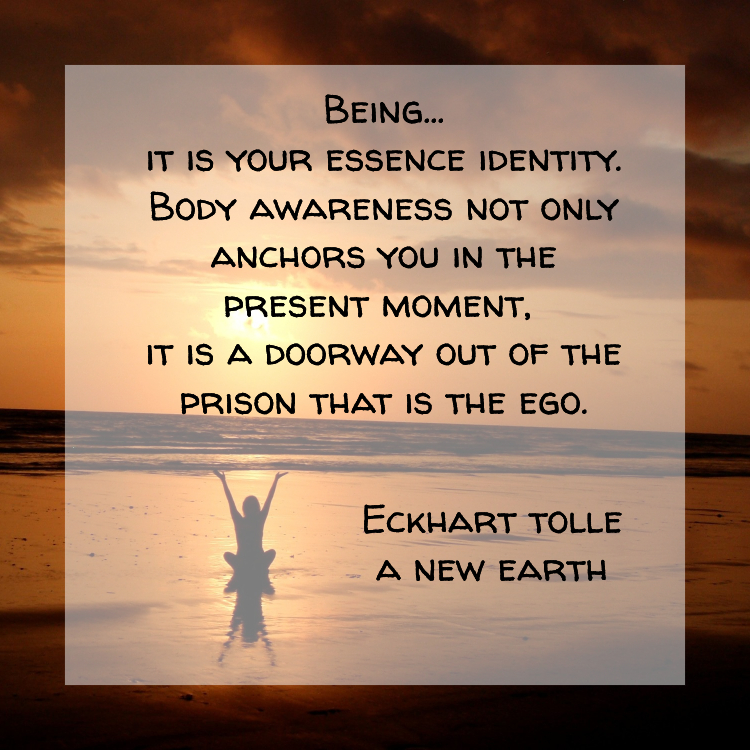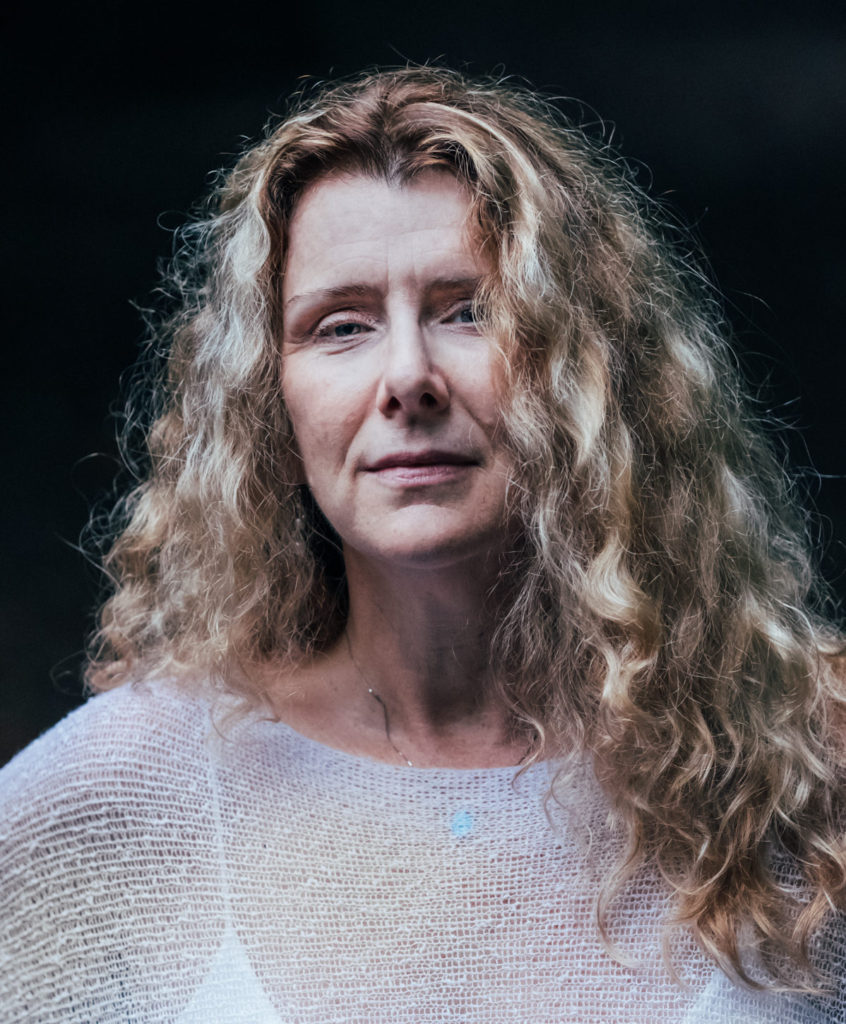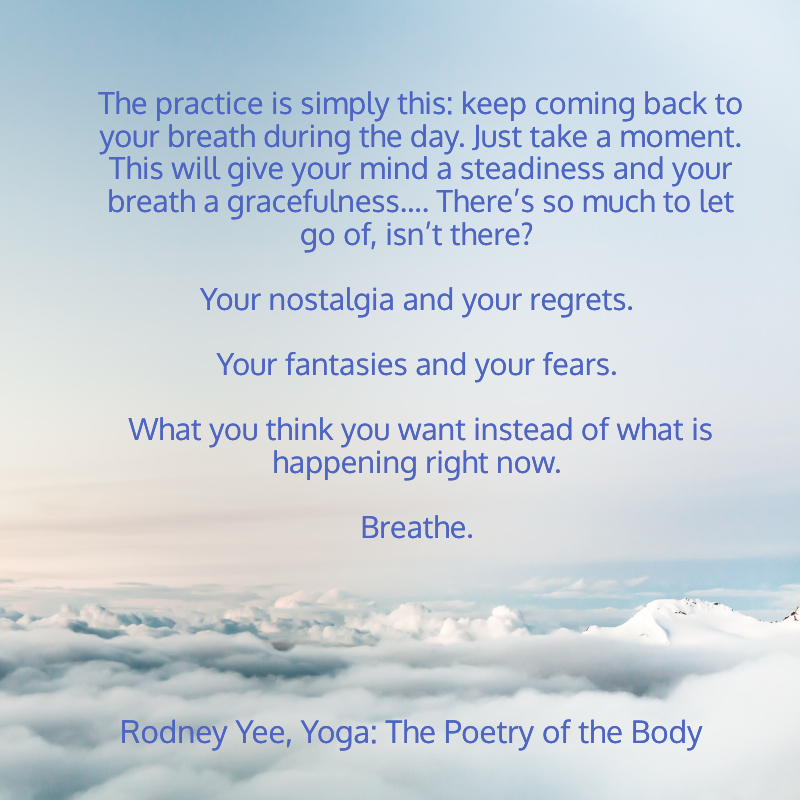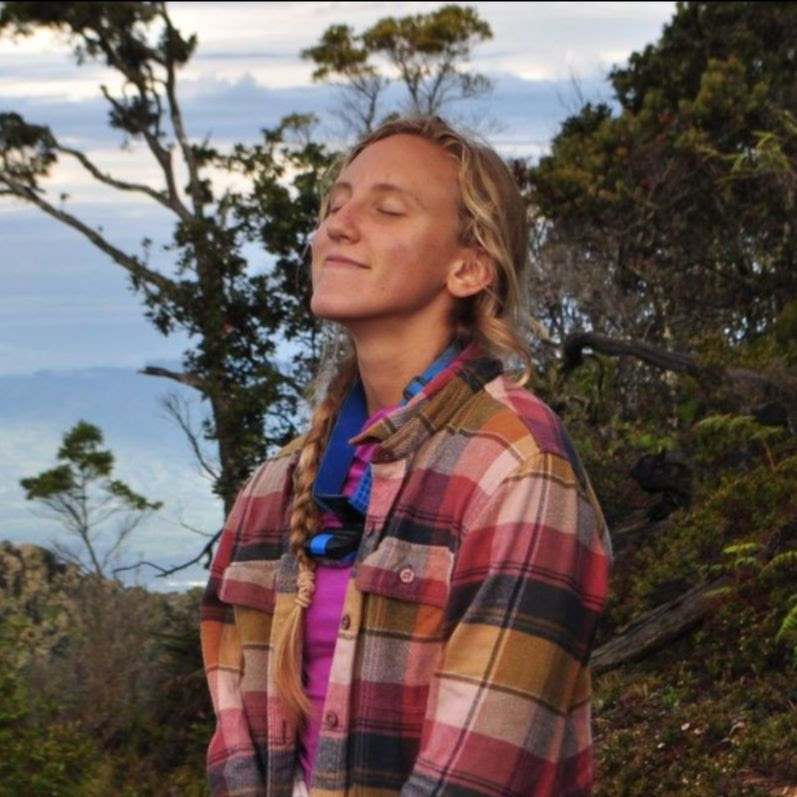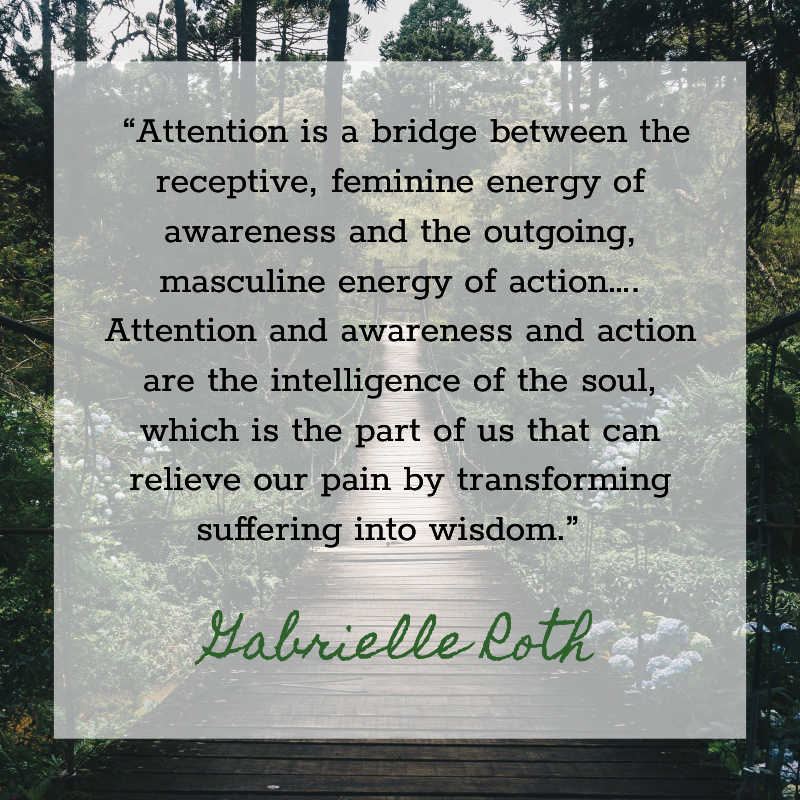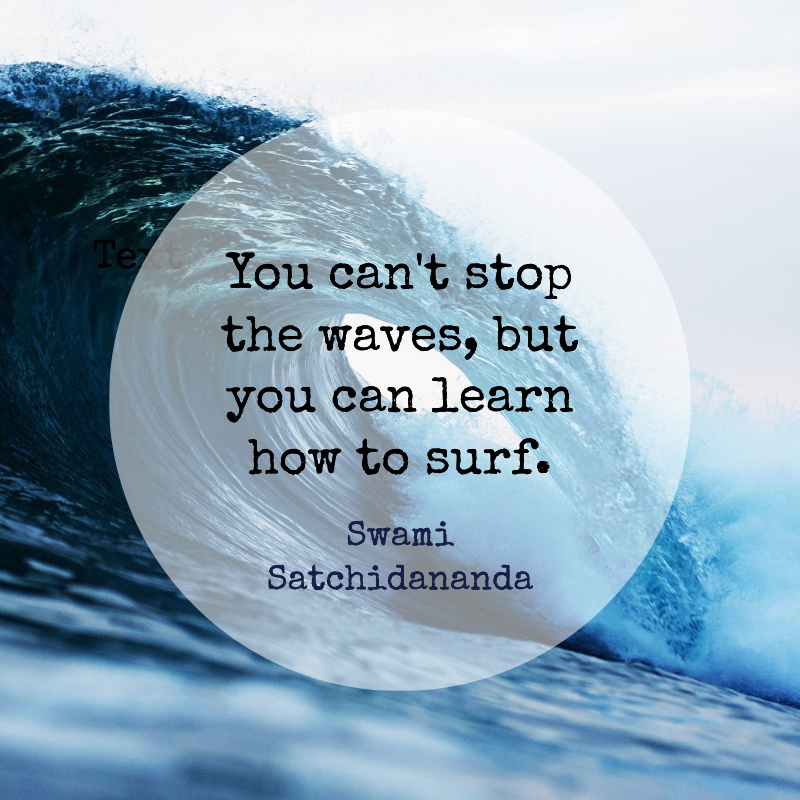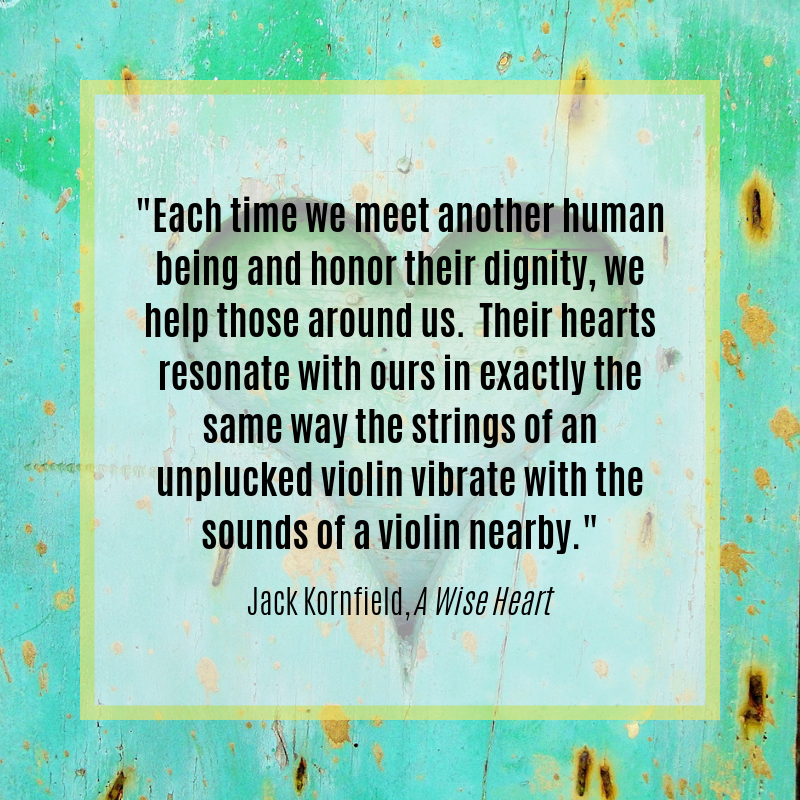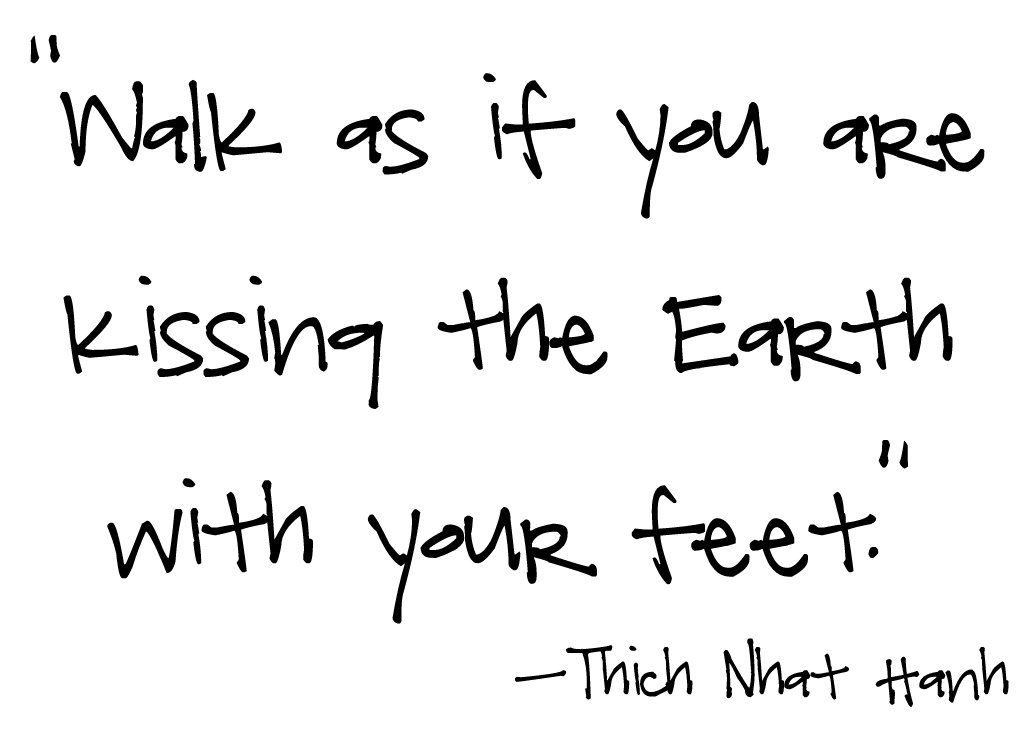
Walking can be both a formal and informal mindfulness practice. During walking meditation, we bring present moment awareness to the movement and sensation of the body as the feet rhythmically alternate between lifting and making contact with the earth. As a fast walker, I found it difficult to practice walking meditation. I am conditioned to rushing throughout the day. My colleagues often admonish me for being too loud in the hall or tease me by saying, “We heard you coming.” I feel bad about disturbing others and even a little bit of shame for being so loud.
It was difficult to train myself to slow down and I often found myself resisting with thoughts of “I hate walking”, or “When will the bells ring to end practice?” As I started to settle and my practice took root, I found it less irritating when then the bells rang to initiate walking meditation. Inevitably I would fall back into my hurried hustle down the hall, caught in the cycle of noticing and slowing down. The cycle continued day after day, year after year.
Then last year I encountered a problem with my feet that was causing constant discomfort. It gradually increased over time until it was painful to walk. Pain was a great reminder to my pace and pressure, encouraging me to slow down with each step. I was deeply immersed in the study and practice of self-compassion, which allowed me to tend to the pain in my feet with great kindness and care. I was able to embrace the discomfort with loving-attention, using this circumstance to slow down and become intimate with my feet.
This experience opened the door to a greater appreciation for my body and its unique needs. Through mindfulness, I was able to attend to the problem that caused pain, bringing attention to my feet and my stride. Today I feel gratitude for the absence of pain. The discomfort I experienced is replaced by a feeling of joy as I have now discovered a deepening awareness of walking meditation and self-compassion.
Some simple steps (no pun intended) for walking meditation practice:
- Choose a clear, open space to walk (approximately 5-8 feet in distance).
- Stand still in mountain pose and bring all your attention to the sensations in your feet.
- Slowly begin to lift your right foot and silently whisper, “lifting”.
- Then moving the right foot slowly through space, whisper, “moving”.
- Then gently place the heel of the right foot down and whisper, “placing”.
- Continuing with full intention and awareness, begin to lift the left foot, following the same steps as before.
- Continue with this pattern until you reach the end of the path. Pause to re-center your body into mountain pose and slowly turn in a new direction to repeat the path.
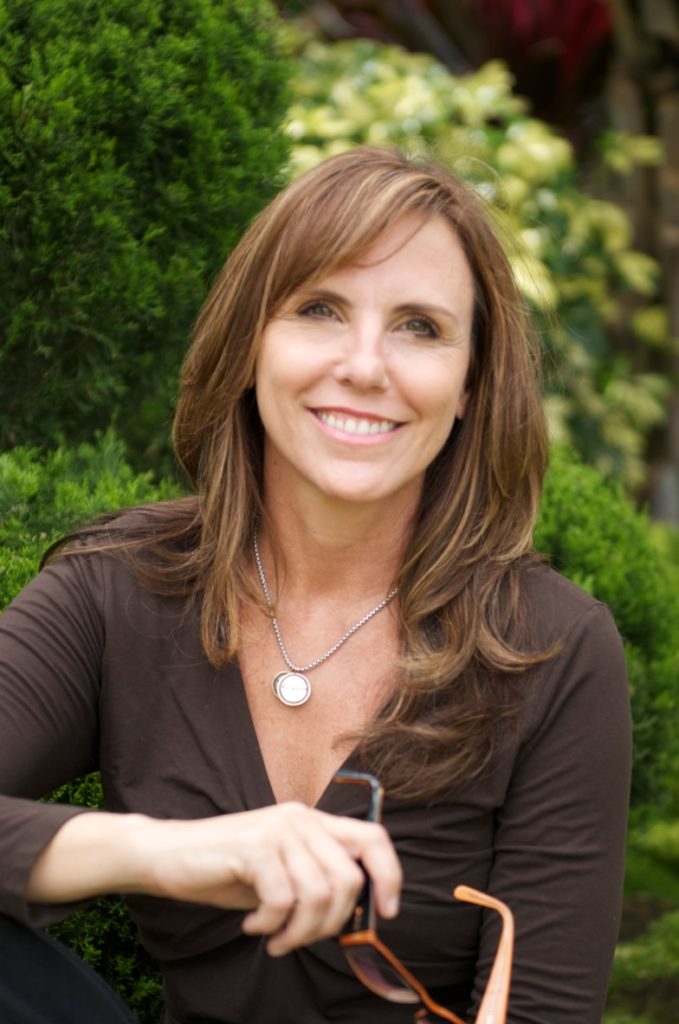
Patty Thomas Shutt, founder of Sacred Treehouse, is a licensed psychologist and co-owner of Therapeutic Oasis of the Palm Beaches. Dr. Shutt is passionate about helping others discover the benefits of mindfulness and meditation. She offers Beginner Meditation & Advanced Meditation classes at Sacred Treehouse, in addition to Mindfulness Based Stress Reduction, Mindful Self-Compassion and various book studies throughout the year.

